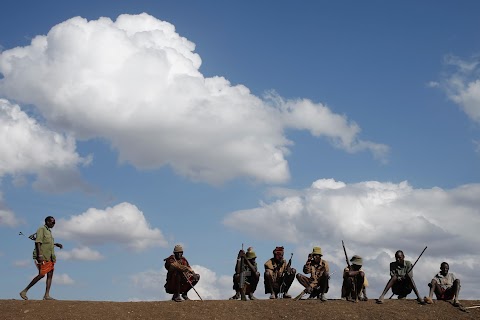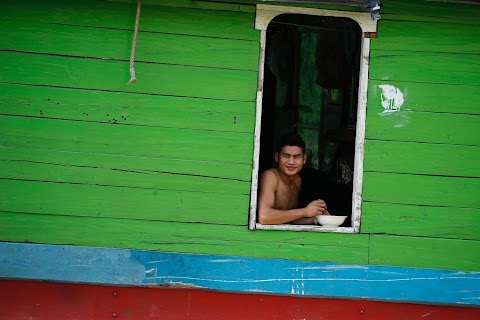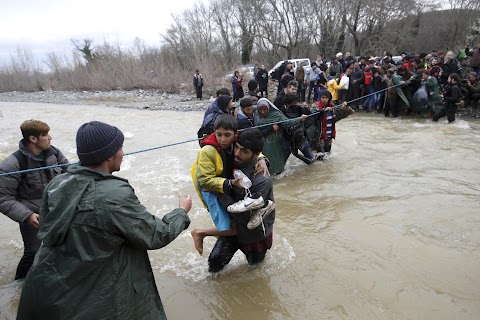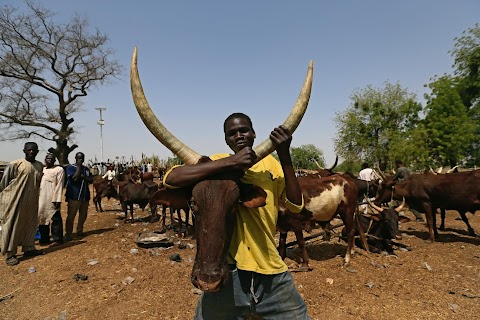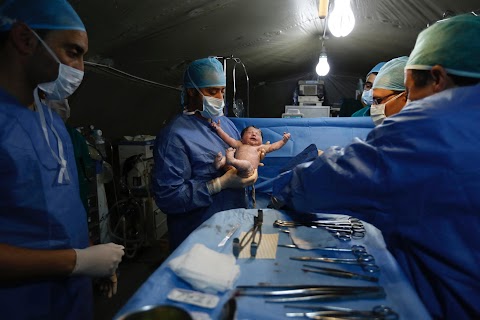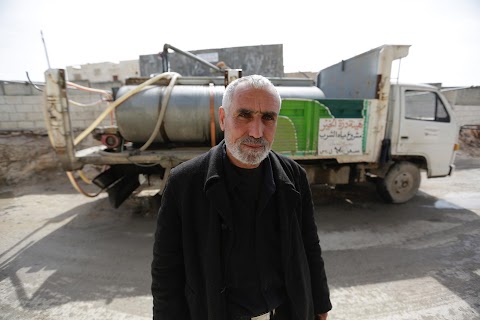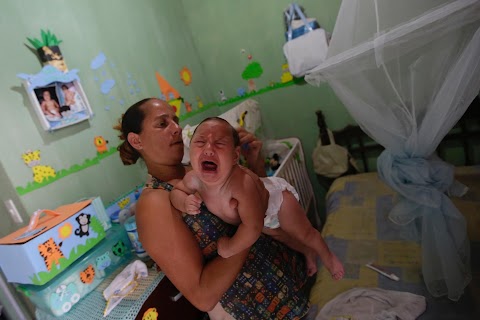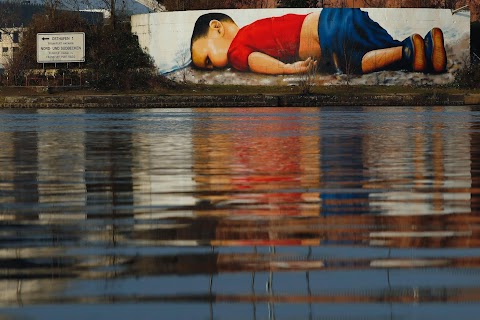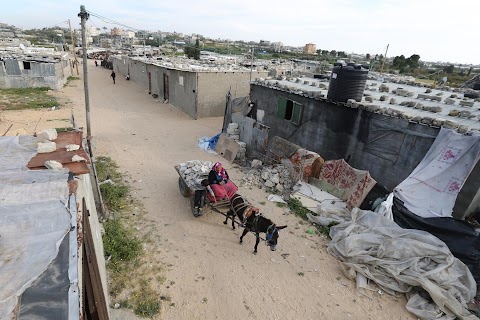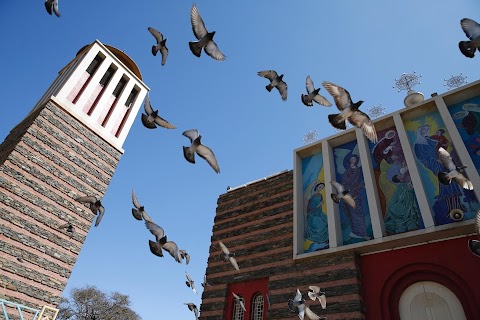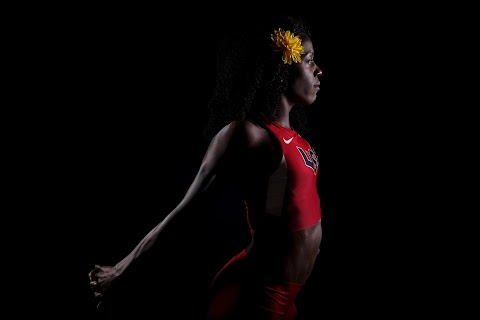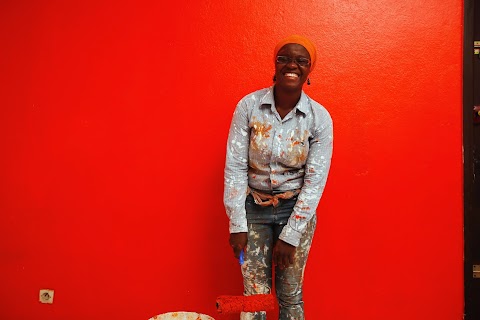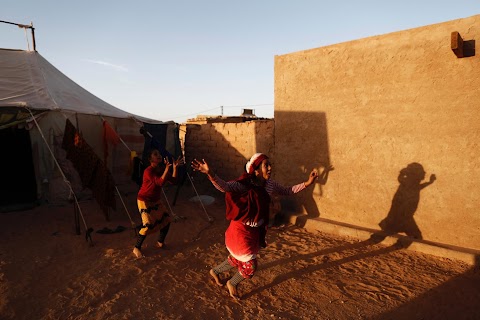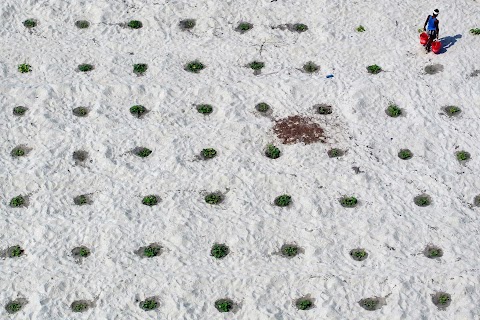
Thirst for clean water
Some 650 million people, or one in 10 of the world's population, do not have access to safe water, putting them at risk of infectious diseases and premature death.
Dirty water and poor sanitation can cause severe diarrhoeal diseases in children, killing 900 under-fives a day across the world, according to United Nations estimates - or one child every two minutes.

Among newborn babies, the World Health Organization says infections caused by a lack of safe water and an unclean environment cause one death every minute somewhere in the world.

The U.N. says access to safe drinking water and adequate sanitation services is vital to human health. It is also important for other reasons - ranging from easily identifiable and quantifiable benefits such as cost and time savings, to more intangible factors like convenience, well-being, dignity, privacy and safety.

The WHO estimates that every $1 invested in improving water supply and sanitation services yields gains of $4 to $12, depending on the type of intervention.

This year's United Nations World Water Day, marked on March 22, is focused on water and jobs and designed to highlight how water can create paid and decent work and contribute to a greener economy and sustainable development.
Slideshow

A woman fills a bucket with drinking water from a well in the village of Rum, Belarus.

A Palestinian man pulls his donkey, loaded with empty bottles and a jerry can, as he makes his way to fill them with drinking water, in Khan Younis in the southern Gaza Strip.

A boy fills plastic bottles with drinking water from a tap on the outskirts of Islamabad.

A boy draws drinking water from a well using a hand pump in Peshawar.

Men pour water brought in by cart to a barrel at a stall on Clifton Beach in Karachi.

Ram Kumar Khadka, 36, climbs out of a well after cleaning it in Kathmandu. Khadka has worked as a cleaner for 12 years and earns around $18 a day.

A migrant worker carries water for drinking and cooking from a public tap at a migrant workers' village in Beijing.

Monkeys pass by vending machines selling water and soft drinks in Hong Kong.

A woman pushes a cart past a water bar selling imported bottles of water at a department store in Seoul.

Visitors scoop water using traditional ladles at a natural spring water spot known as the "divine water" at Daikyoji Temple, also called Shibamata Taishakuten, in Tokyo. Local residents drink the water or rinse their mouth and wash their hands to purify themselves and wish for good fortune.

Water pipes run the length of the causeway between Singapore and Malaysia's southern city of Johor Bahru (right), transporting up to 250 million gallons of water, or about 60 percent of Singapore's water needs, each day.

A resident living in a flooded area refills plastic containers with drinking water on an improvised banca (small boat) in Artex compound, Malabon city.

Boys collect water from a swamp in the northeast of Baghdad.

Men collect water from the Euphrates river in Najaf near Baghdad.

A girl fills buckets with water at al-Nour camp for internally displaced people in Jerjnaz town, Idlib province.

Residents walk past water pipes in the rebel-held Douma neighbourhood of Damascus.

A migrant drinks water while waiting to cross the Greek-Macedonian border, near the village of Idomeni.

A man fills a glass with water from a spring in Chiffa.

An indigenous Sahrawi woman fills her jerry can with water from a cistern outside her shelter in the desert refugee camp of Al smara in Tindouf.

A woman carries jerry cans to fill them with water provided by a charity in Yemen's capital Sanaa.

People put water in containers into a canoe in the Makoko fishing community on the Lagos Lagoon.

A man places his bottles to be filled with water dripping from a spring next to a highway along the Avila mountain in Caracas.

A source of water and a statue of Our Lady of Aparecida, Brazil's national saint, are seen inside a cave in Sao Francisco Xavier, Sao Paulo state. Residents placed the statue here to bless the water.

A woman and her granddaughter are seen next to a rainwater tank (right) that collects water used for washing and cleaning in San Miguel Xicalco, on the outskirts of Mexico City.

A woman drinks water in EL Crucero town.

People refill bottles at a water store in Temple City, California.

A water bottle is seen next to students studying on the University of California Los Angeles campus.
